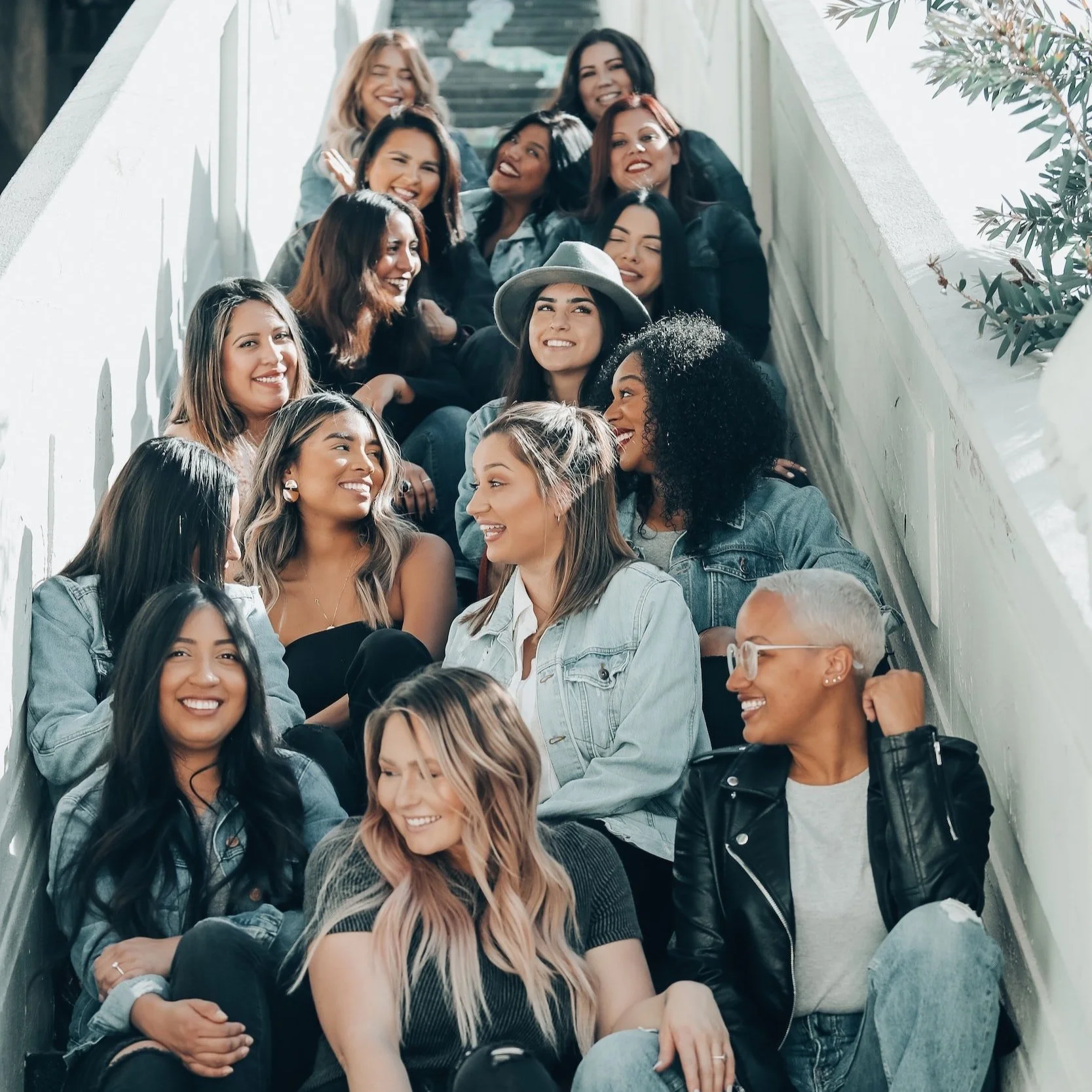3 Steps to Take When an Influencer Contacts You
As a brand owner, you most likely can relate to this experience: check your Instagram DMs and tucked in between story reactions and responses, a person asks if they can partner with you by including your product in their feed. You suddenly feel a little protective and hesitant simply because you’re unsure how to evaluate if the individual is trustworthy or if it’s worth your time to move forward.
Here are my three tips in responding to and working with individuals, while evaluating if it’s a worthwhile option for your businesses.
1) Review Their Instagram Account
Seriously. Take a look before unless it’s 100% clear it’s a bot from the DM. Don’t just glance over the images, but actually dig into their Instagram account. Make sure you understand how the algorithm works and possibly calculate a public view engagement rate while you do this. Here’s what to look for:
→ DO check the comments. Are they mostly from the same people and fairly minimal, which could mean they’re part of an engagement pod (a group of individuals who comment on each other’s posts to drive up engagement); or is it more varied, possibly a mix of comments, emojis, and tagging other handles. (Not a lot of comments? Don’t get too hung up on this. Engagement in the form of comments is extremely low right now due to pandemic digital burn out.)
→ DON’T get stuck on vanity metrics, ex: the follower count or how many likes a post received. A big belief for SMMs is we’d rather have 1000 engaged followers than 1M passive ones.
→ DO look for an alignment between the two brands’ styles - yours and theirs. It doesn’t have to be an exact match - introducing new voices can be very helpful in reaching new audiences, but you should feel confident you can slide their content into your feed without causing a massive jolt to your audience. If your look is minimalist and they’re boho eclectic, but you really like what you’re seeing, then ask how they’ll blend the two brands. Don’t play creative director, just hear them out.
→ DO look for follower alignment. Randomly select 10-15 of their followers with public accounts and look over their feeds. Do they seem like individuals who may be interested in your brand? Are they individuals missing from your brand’s digital lobby? Do they fit within your brand’s ideal or future client personas? Again it’s important to ask: if their followers are primarily boho eclectic, and your brand is minimalist, how will your brand organically fit with this audience?
BTW: when I do this, I tap “followers” and then select every 20th or 30th follower (roughly 2-3 follower ‘page’ swipes) - and if it’s a private account, I just move on to the next one until I’ve reviewed 10-15 accounts.
2) Move from DMs to Email
A lot of individuals will reach out via Instagram DM, which is handy for them but might be hard for you to track. By asking them to email you with their information, you put the ownership back on them to complete the task, which can show their level of commitment. When someone applies for a job, they have to send in a resume and the interviewer follows up - this is no different. Treat this like a job interview.
This also helps weed out folks who are just looking for a freebie - and the bots.
After reviewing their feed and, if you’re interested, respond with a simple message, such as:
“Thanks for your interest in partnering with us. For first time partnerships, we offer a discount <or store credit> and then evaluate future campaigns after posts go live. Please email us at <email> with a link to your media kit as well as how you envision blending our two brands together. We look forward to hearing from you soon. Thanks again!”
BTW: Use Facebook’s Inbox desktop version to send saved responses in both Facebook and Instagram DMs or use a scheduling tool’s inbox system to make it easy to copy/paste a message.
Another option is to create a form and send the link with a similar message. While the example form is fairly simple, it’s a great starting point. Depending on what you want to know about an individual, you can include a space for other platform handles, like TikTok, and a media kit link so you can easily review it. Forms can be created in JotForm, Opinion Stage, or even through your CRM or website service.
When creating a form, know exactly what is required vs optional. For example: I advise clients to require a first/last name, email, media kit link, Instagram handle, and ask 1) how the individual sees the two brands blending together OR 2) why they want to work with the brand; everything else is optional. If no media kit is available, it’s ok - just ask for a link to a recent partnership or to enter ‘N/A’ if they’re just starting out.
If you get an email, respond within one business day, thanking them for their time and let them know you’ll follow-up within 3-5 business days. If it’s a form, have the post-submission message thank them, noting the same follow-up timeframe.
And here’s the kicker: REVIEW & FOLLOW UP within the stated timeframe, even if you decide to not work with them. Why? It’s important to think of these as business relationships, and you want to leave a good impression. It doesn’t need to be complicated or lengthy; let them know you don’t feel it’s a good fit at this time, thank them for their interest, and wish them luck in their work. Want to consider them in the future? Then include it: I will keep you in mind for future partnerships.
3) Have a Contract*
Want to move forward? Great! Have a real conversation with them, like an interview, and then send a contact reflecting what was determined in the conversation if they don’t have one. It can be fairly simple, but this will protect your business and the individual by setting expectations.
While you should talk with your lawyer about creating a standard partnership agreement, or review online options like The Contract Shop, the following should be outlined in an agreement:
- posting expectations (which platforms and how many posts, stories, etc)
- timeframe (when will content drop and when are analytics for evaluation due)
- key messaging expectations (what is being promoted and hashtags should be used)
- discount code or giveaway expectations (if the individual is sharing a discount code or giving away a gift card or item, what is the code and its start/end dates; or how will be prize reach the winner)
- compensation (what is the pay, when and how will they be paid; or the value of your service or product and if it is an exchange of their services for your product/services)
It doesn’t have to be lengthy, or overly detailed in terms of creative vision (really - let them dictate how they’ll create the content) - but you’ll want to make sure the content portion includes the correct information about your brand, uses your brand’s handle and branded hashtags, and other important details.
While it can feel formal, the contract will save you time and potential issues down the road. I’ve heard several clients and friends who are small business owners talk about past experiences with influencers gone wrong and while frustrating to hear, it’s also sad. For many it’s created a sense of distrust and wariness about doing it again. While I cannot guarantee it will be always be rainbows and unicorns using the above steps (or that your brand will suddenly boom overnight), it will help start a new partnership on solid mutual ground.
*The material and information contained on this website is for general educational purposes only. Please see our Privacy Policy/Terms of Use for further details.
bottom line:
Work with quality, not quantity. A partnership will offer a bump in engagement, and possibly site visits - but these partnerships are about creating brand awareness. Social media is simply a means to introduce your brand to an audience, build trust through regular interactions, and show where your brand resides digitally and IRL. Once a potential customer sets foot in your door - physically or online - it’s on your brand to show value, complete the transaction, and build customer loyalty.





















